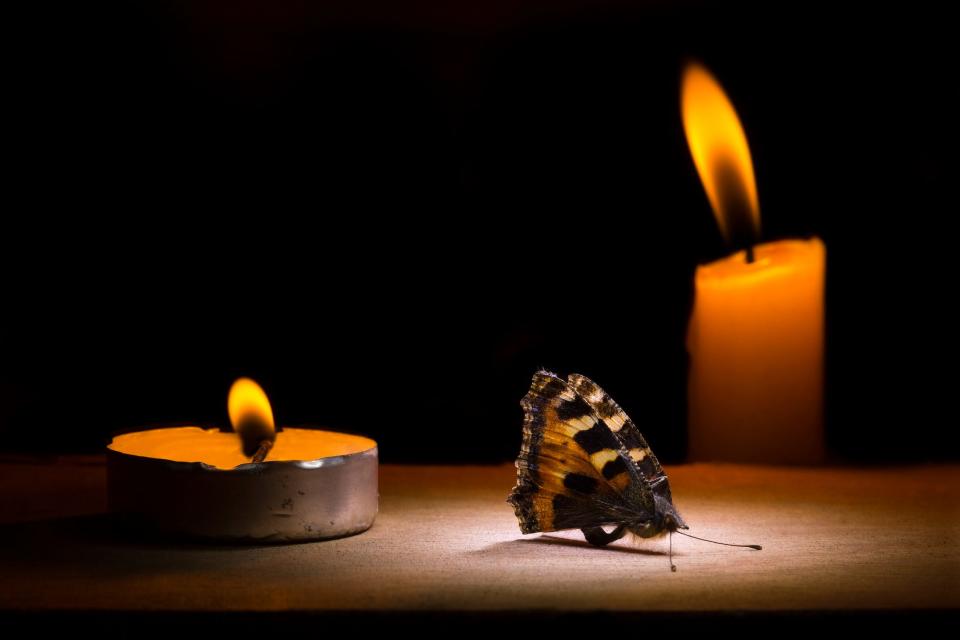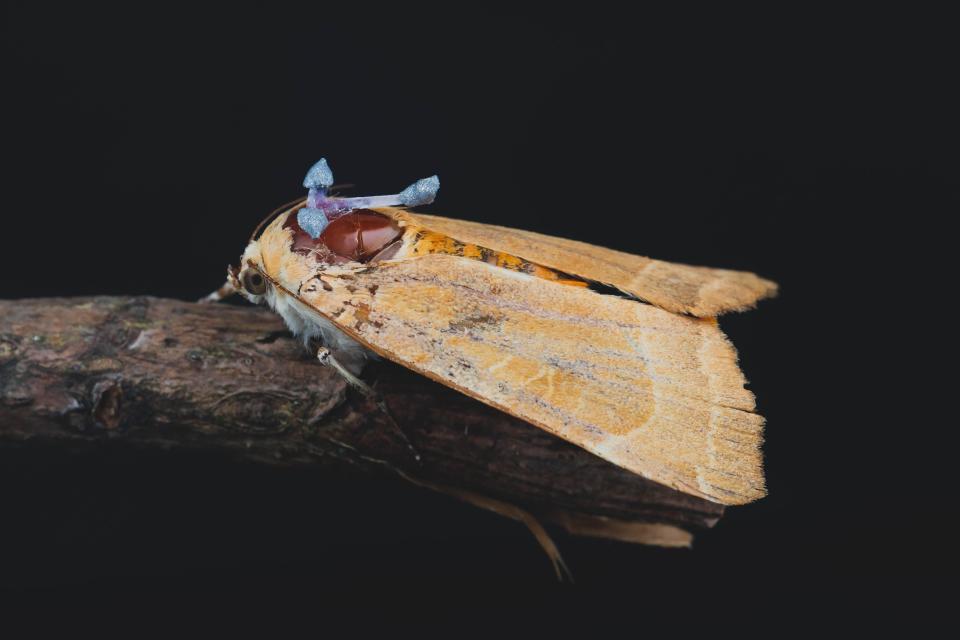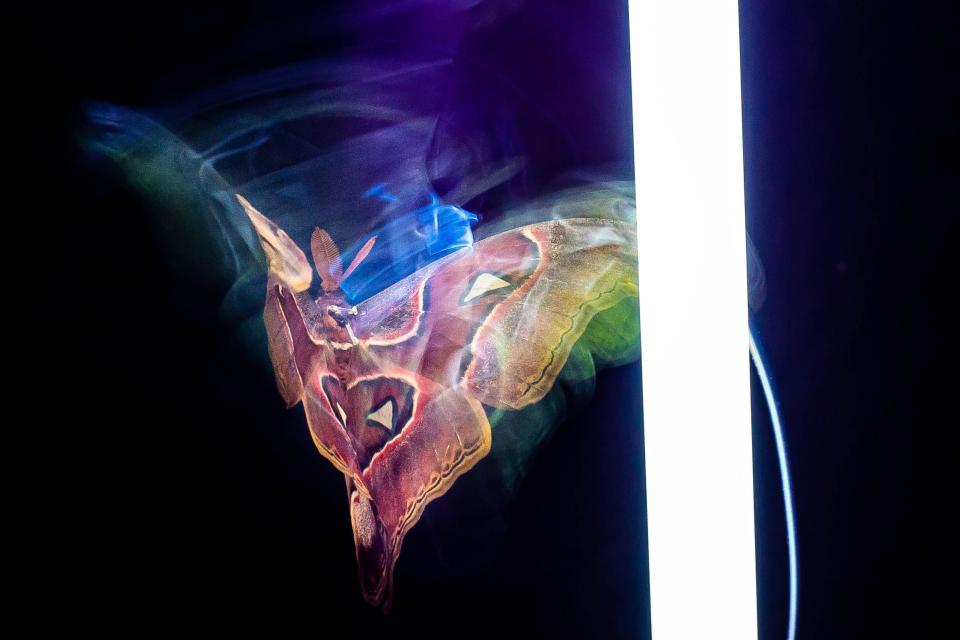-
Scientists have long wondered what attracts insects to artificial light but have not had a good answer, until now.
-
Researchers have observed unusual flight patterns in insects flying towards artificial lights at night.
-
The patterns suggest that the bugs use light to determine which way is up to help them fly straight.
In 1884, entomologist Mary Esther Murtfeldt noticed something strange. She caught butterflies at night in her living room that would normally only come out during the day – they seemed attracted to her lamps.
The question of what attracts insects to lights of all kinds – from flames to porch lamps – is an ancient one.
“We’ve been looking at this for thousands of years, and we can write about it for thousands of years,” Sam Fabian, a postdoctoral research associate at Imperial College London who discovered the cause, told Business Insider.
upside down and crashing insects


Fabian, Yash Sondhi, and other biologists set up video cameras, in the field in Costa Rica and in their laboratory, to see how light affected the movements of flying insects such as butterflies, moths and dragonflies at night.
In the laboratory, they used motion capture by outfitting the insects with miniaturized markers similar to what actors often wear to film action scenes for movies and video games.
“That gives us a great solution to what’s going on,” Fabian said.
However, even with just the video footage, the researchers quickly saw a common trend across several species that showed what Fabian described as “these strange trails.”
The insects would turn their backs towards the light, and if that light was below or horizontal to their flight path, it would often cause them to fly in circles or crash.
It was as if they were using the light source as a way to guide themselves to the sky.
When bugs get too close to artificial light, they can almost be trapped by it, Peter Oboyski, executive director and collections manager at the Essig Museum of Entomology, who was not involved in the study, told Business Insider.
“This idea that they want their dorsal surface, their upper surface, to face the light makes a lot of sense,” Oboyski said.


Fish show a similar behavior, said Fabian, “but this is the first time we were showing that this was happening with nocturnal insects around artificial light.”
The researchers published their findings in the peer-reviewed journal Nature Communication.
Insects need to know which way is up
Many animals rely on gravity and visual cues to orient themselves, Oboyski said. One way some insects stay focused is by using what is called a backlight response.
“For the insects to be able to fly to ground level and the left bank, they have to know which way is up,” he said. A reliable source of that information is where the light comes from — the sky.
“And across billions of years on the planet, that would be up,” said Oboyski.
When facing another light source — say a fire below or a headlight to the side — the insects try to face the top of their body toward that light and can get confused or crash there, Oboyski said. .
The study focused on the behavior of insects when the light was much less than 7 feet away. It is still not clear what brings them there in the first place.
“I think the bigger question is why they are attracted to the light from further distances, which is a much harder question to answer,” Oboyski said.
The moon is not a compass
There are many theories as to why insects gather at lights.
“The most common one is the lunar or celestial navigation,” said Sondhi. The idea is that insects that need to fly in a straight line can use the position of the moon as a cue. They mistake artificial lights for the moon.


But Fabian said they tested this theory and found that some insects began to travel in a different direction when a new light source was switched on.
“They would actually be going back and forth, which doesn’t seem like the kind of thing you’d use a celestial compass for,” Fabian said.
A less bright future for insects
Scientists have long sought to answer the question of why insects are attracted to artificial light. “I think there are both practical reasons to try to understand this and also theoretical reasons,” said Oboyski.
First of all, it could sometimes help us to kill so many insects indiscriminately. “There’s a lot of collateral damage going on with a bug zapper,” Oboyski said. “It’s just the mosquitoes.” Knowing what light attracts mosquitoes — and only mosquitoes — is a potential benefit.
Oboyski is also concerned that light pollution is affecting the way insects navigate their environments.
“Maybe they’re not finding friends like they should. Maybe they’re not finding the food resources the way they should,” he said. Instead, “they are getting caught in the field of light.”
In theory, he said, learning more about insect flight could also help engineers one day design flying cars.
Until now, however, estimating the direction of outdoor bulbs would have been a simple mitigation technique, Sondhi said. If you point past them, “you can reduce the amount of insects that are attracted to these lights.”
Read the original article on Business Insider